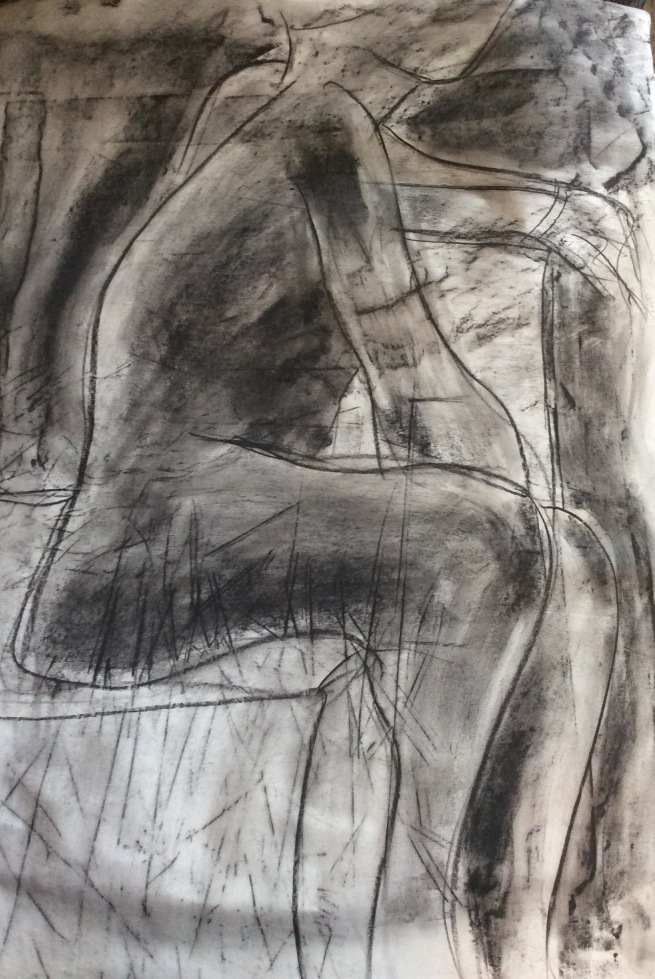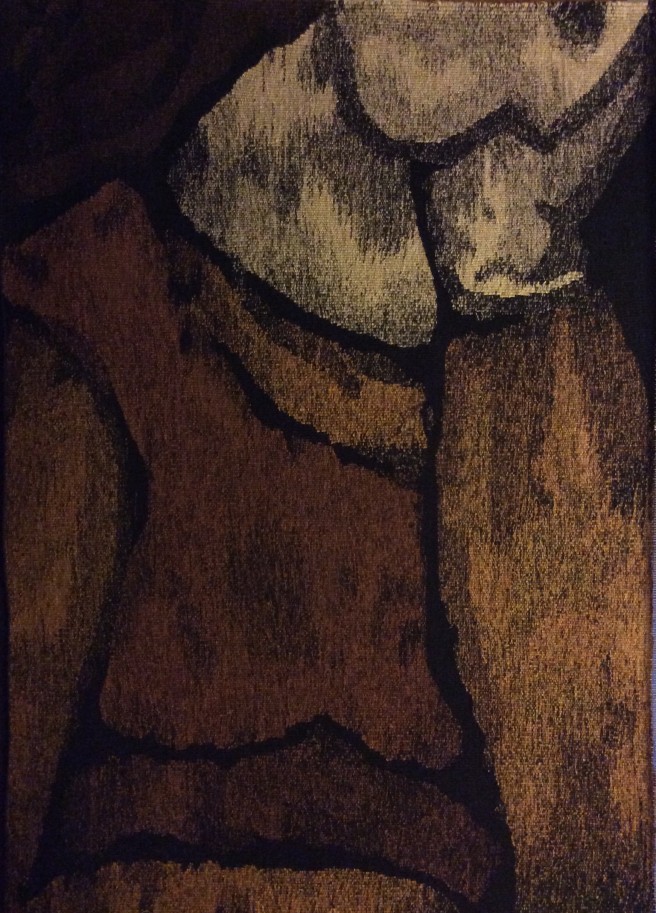Hello. It has been a while. I can only apologise and say I am using Instagram to blog at least weekly so things have got neglected here – but I thought us long over due for a catch up.
Covid has obviously been a strange time for many. For me, with events shut down, galleries closed and exhibitions postponed it has, unexpectedly, been an incredibly creative time as I’ve been able to focus on just me and the loom.
When the first lockdown hit I knew I had to get a project on the loom urgently. I had been planning to get ready for my exhibition at Ripon Cathedral but of course it was postponed. Instead, somewhat overcome by anxiety, I wove Second Sight. Someone told me my traditional straight laced church going great-grandmother had the ‘second sight’. Although I suspect there was some confusion with her mentally unwell mother-in-law, it did occur to me anxiety is a form of second sight, another level of seeing things albeit over and over, a constant and ever shifting reworking and second guessing, and we can cripple and drown our own selves with it. I know I certainly do. The result is this tapestry. The main figure holds onto the real world via a stylised plant rising up from the landscape, in her other hand sits a second pair of eyes and from them tears form waves swallowing her. The motifs in her frock are stylised irises, a play on the eyes/sight theme. About her float figures representing voices from the subconscious, the causes of anxiety, the self doubt, the intrusive thoughts; their banderoles are empty for us to fill in, as all our triggers are different.

Hiding in the landscape is a burrowed rabbit, a nod to this tapestry having been woven during the lockdown, a time when everyone faced unimaginable and unexpected anxiety, when everything we thought we knew was over turned, all of us swallowed by the enormity of what was going on, all of us second guessing what once was a familiar future.
I am not a fan of small scale tapestry, but I had some warp left over which I could not waste and I wove a small piece. I have long loved towns and landscapes in the background of tapestries and the mysterious worlds beyond that they suggest. I couldn’t get a pattern to fit into the skirts in a way I liked and as I knew I needed something angular I found myself weaving a landscape in the skirts. It had long occurred to me that the frocks of my gals are such an expanse of space to devote purely to decoration when they could be used for storytelling. About this time I had started to read some medieval French poetry in an attempt to understand the cultural context of tapestries better, and I loved the role that textiles played in them, often to convey another story and I wanted to weave a textile telling a story in a textile telling a story.

This idea was pushed further in Memento Mori which was the next tapestry to be completed. Memento Mori – remember you will die – is an inevitable theme for me, not least being an ex-archaeologist who used to focus on human remains. Memento Mori are a well-established genre, especially in times of plague and catastrophe. And I was able to expunge a lot of demons with this piece. I looked at Bronze Age burials for the foetal shape of the central figure, it was nice to blow the dust off some old archaeology text books.

Recently finished is Song of the Woods. At the start of the lockdown it was put to me for my own well being I needed to get out the house. I am more than happy on my own, just me and the loom, lockdown I suspect for many artists is our natural habitat and the last thing I wanted to do was interrupt my work day with a walk but a wise friend suggested making it part of my practice. I found a shortcut to some local woods, and those daily walks have become integral to my work, a place where I can think through my tapestries, and plan future projects. Song of the Woods is about that experience, a play on medieval hunting tapestries except it is the self that is being hunted rather than a unicorn or unfortunate stag. It is a tapestry about the introspection we have all undergone due to Covid, both individually as well as nationally. Symbolism has become an increasingly important as a way to tell stories although I do use that them somewhat obliquely, and it has been a big challenge for me to work out how much to tell and how much to leave to the viewer – I am yet to find the answer. Nonetheless, a new tapestry, currently untitled, is on the loom; I am about a foot into it and I hope it will be finished before my exhibition at Ripon Cathedral next Spring.

As well as these developments at the loom there have been some rather wonderful things happening off it. About a year ago I learned Saint Catherine was selected for ARTAPESTRY6. This was always a massive goal for me and I was so thrilled to discover I was selected. It highlights some of the best tapestry going on in Europe. One exhibition has already taken place in Denmark, it is currently in Latvia and other exhibitions are planned in Finland and Sweden. You can see the locations and details of the very wonderful tapestries on the ARTAPESTRY website https://www.tapestry.dk/ On Saturday I found out that Memento Mori will be exhibited as part of the Royal Academy’s postponed summer exhibition. Again, this was always a goal of mine so I am really thrilled and honoured. The exhibition at the Royal Academy runs from 22 September until 2nd January. I also learned last week that Song of the Woods has been shortlisted for the Cordis Prize. From 150 submissions 20 have been selected to celebrate scale and ambition in contemporary tapestry created by professional weavers across the globe. The exhibition of the shortlisted pieces takes place at Inverleith House Gallery at the Royal Botanical Gardens in Edinburgh, 23 October to 12 December. It is fair to say I had quite a week.
I appreciate Covid has been devastating for so many and in so many different ways. But if anyone has seen during this time a different type of life for themselves, I hope they will consider following it. For anyone who has followed this blog for the long haul, you will appreciate what it has taken for me to get here. Since I chose this life I’ve never looked back – I’m not saying aspects are not hard, it taken an incredible about of work, it has shut off so much, but I could not be happier in what I am doing and seeing it starting to pay off is really rather fabulous. Life is so short, whatever you want to do with it, waste not a single minute. X






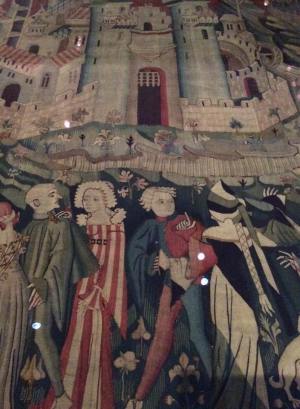

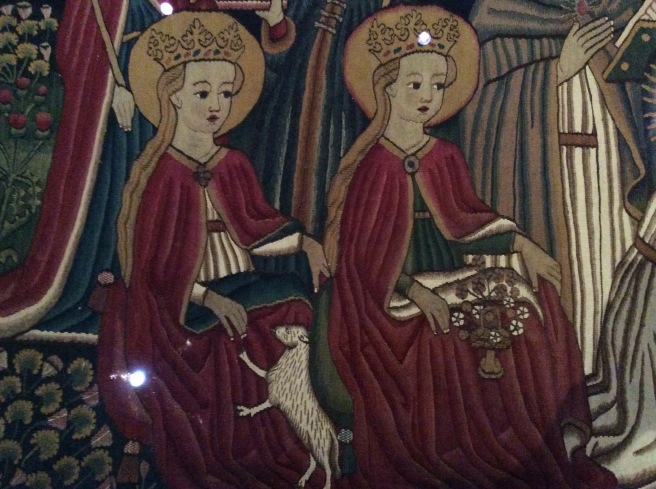



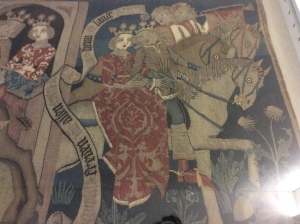


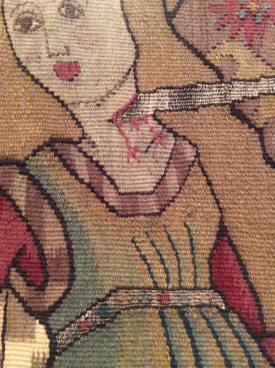






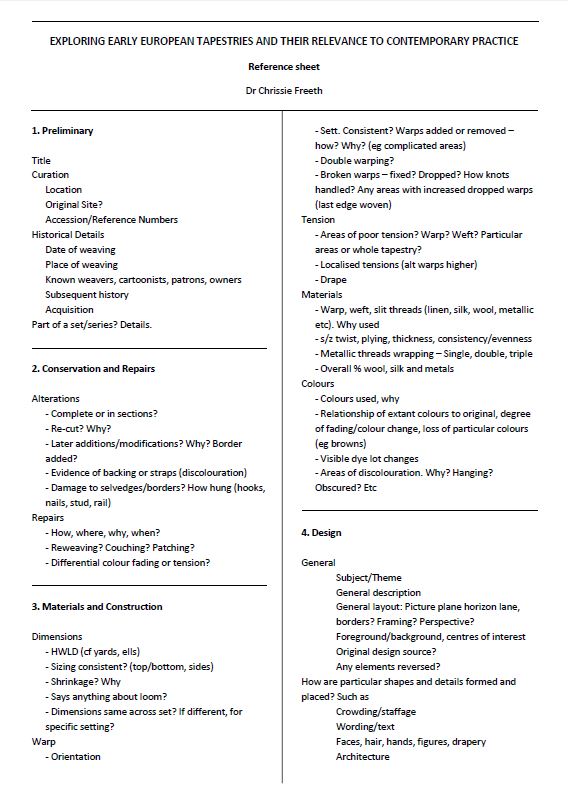



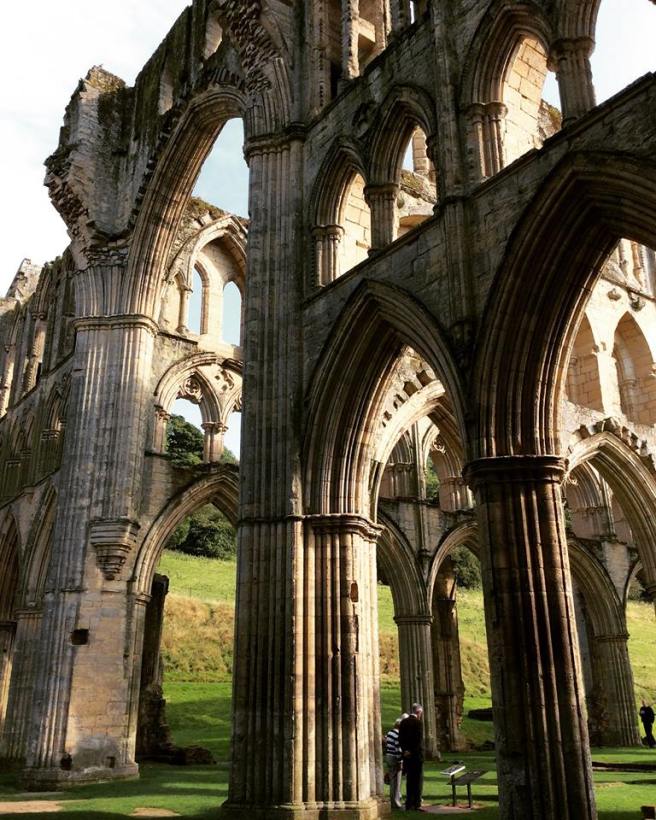
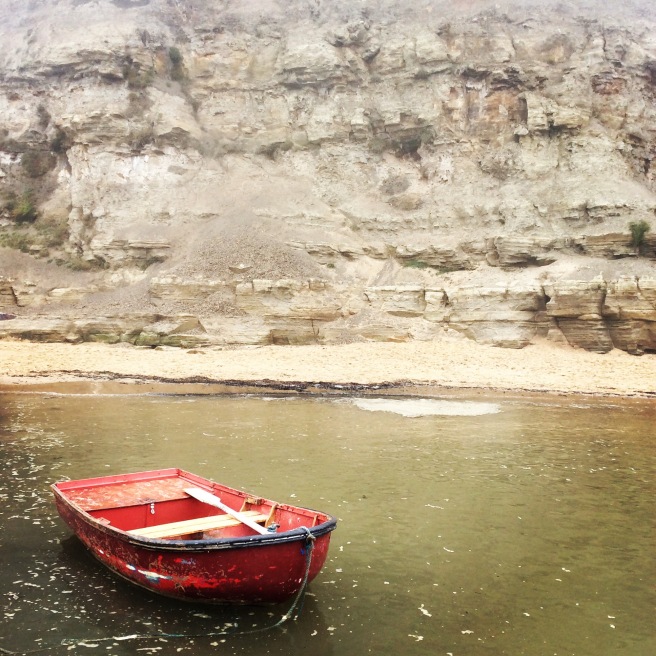
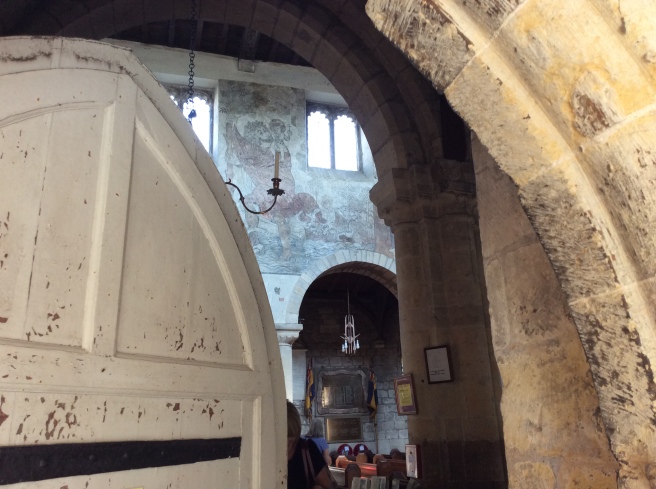




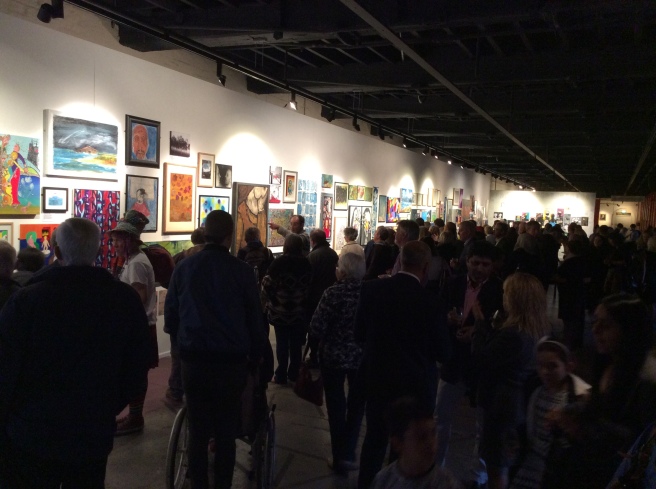


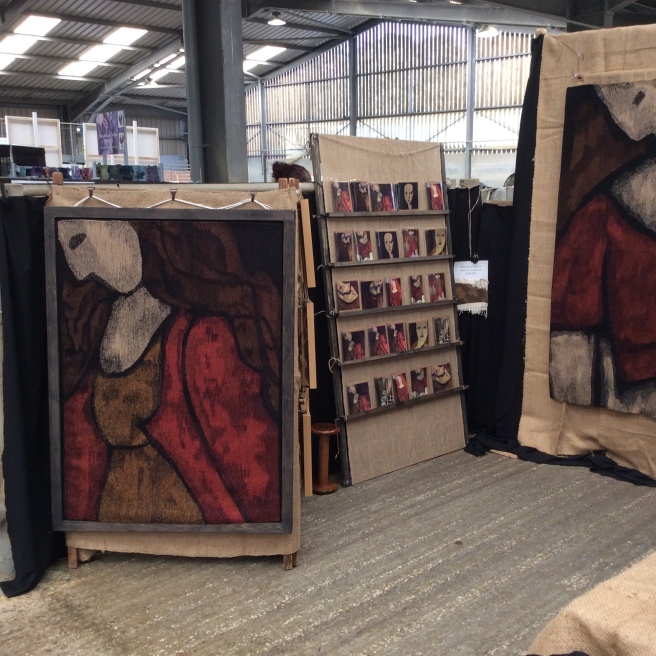
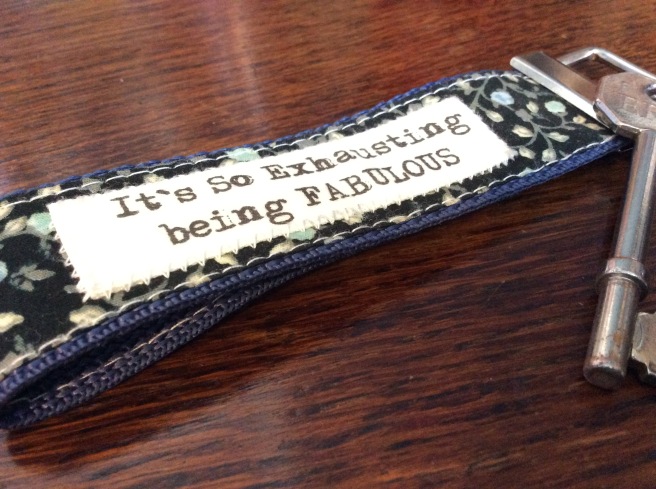



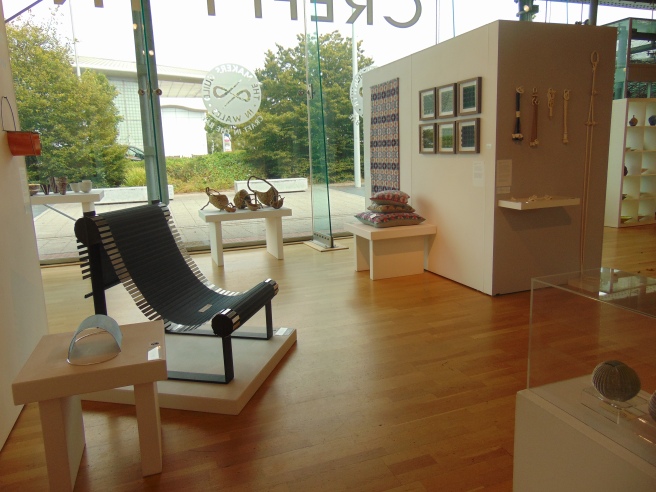

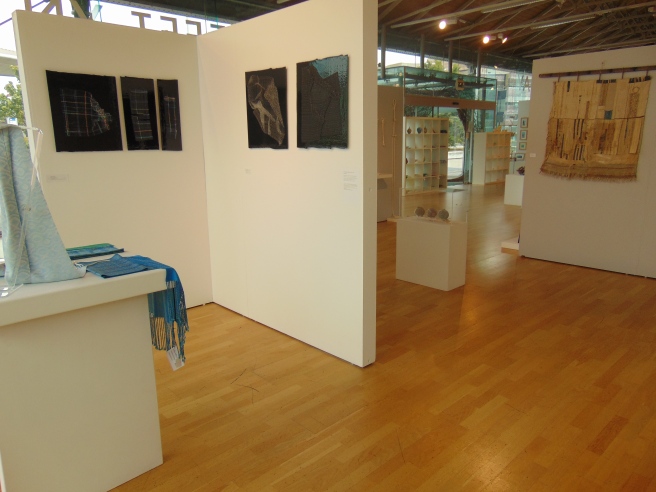


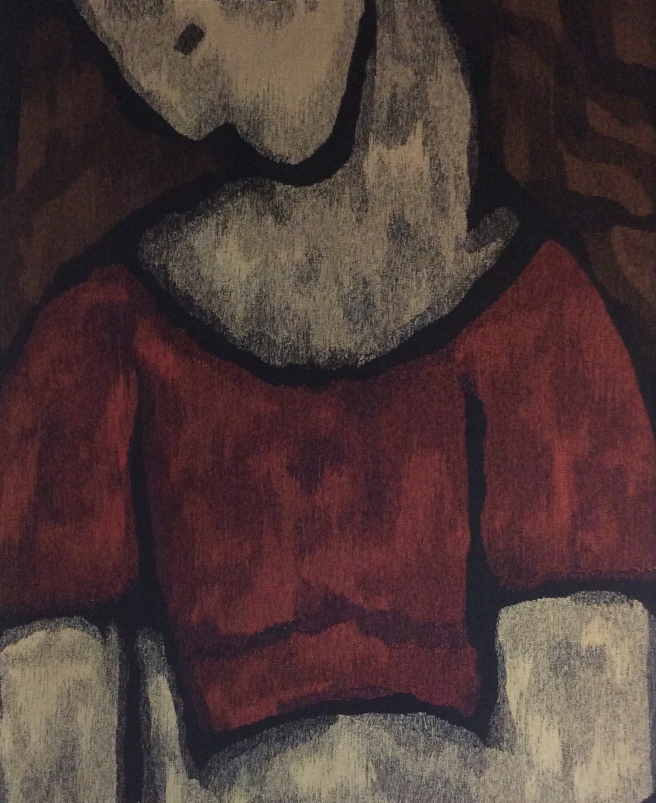








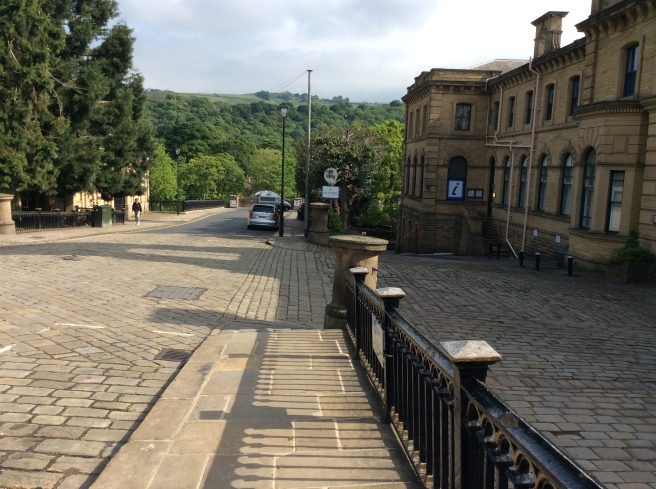





 In the meantime, the loom needs warping, and I need to get some more work underway! Cheerio for now x
In the meantime, the loom needs warping, and I need to get some more work underway! Cheerio for now x